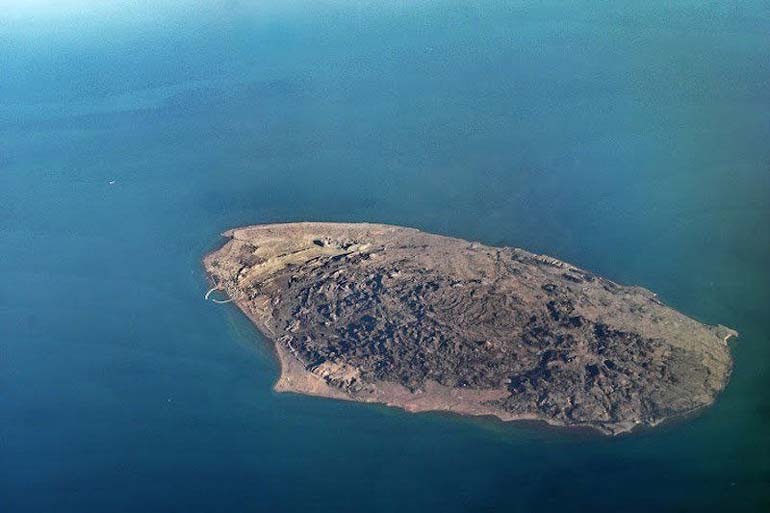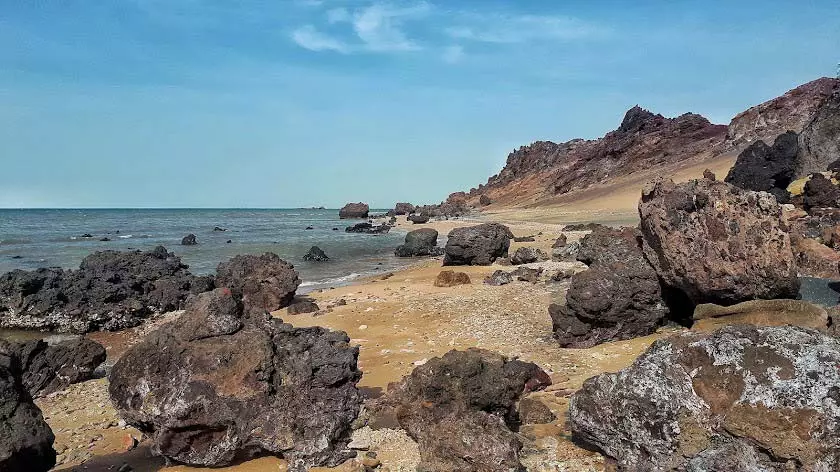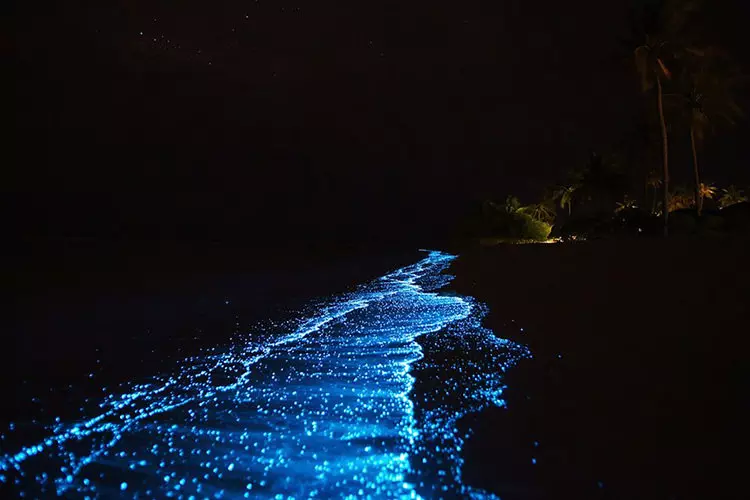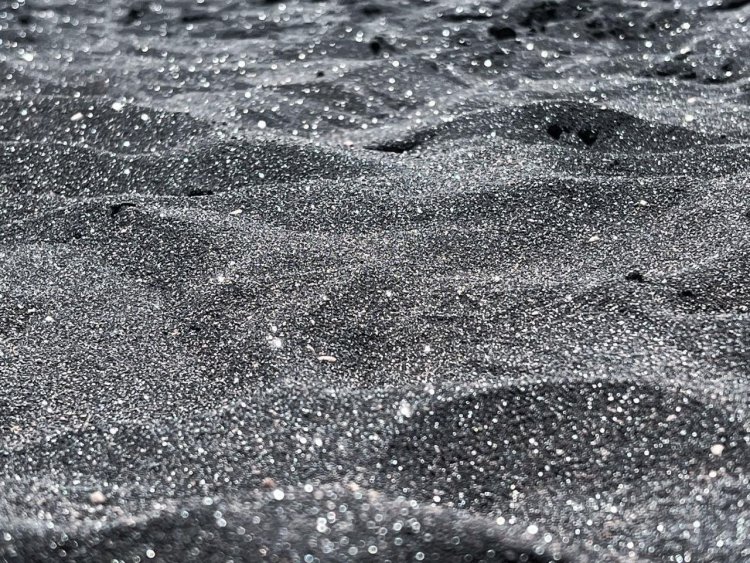Introduction
Larak Island is one of the beautiful islands in the Persian Gulf, known for its strategic location, rich history, and diverse ecosystems. Located in southern Iran near the Strait of Hormuz, this island plays a crucial role in the region's history and environment due to its natural and cultural characteristics. This article provides a detailed analysis of Larak Island’s natural, historical, and environmental aspects and highlights the importance of preserving the island.

2. Geographical Location and Climate
Larak Island is situated in the southeastern part of Iran, within the Persian Gulf, near the Strait of Hormuz. Covering an area of approximately 49 square kilometers, it is one of the smaller yet strategically important islands of Iran. The island has a tropical climate characterized by extremely hot summers and mild winters, with an annual average temperature of around 27 degrees Celsius and low rainfall.

3. Natural and Environmental Features
Larak Island is known for its remarkable biodiversity, making it an environmentally significant area:
- Flora: The island's vegetation primarily consists of drought-resistant and saline-tolerant species, including shrubs, dryland bushes, and scattered grasses adapted to the region’s specific climate.
- Fauna: Larak Island is home to various species of birds, reptiles, and some mammals. Sea turtles also nest on the island’s shores, further enhancing its environmental importance.

4. History and Culture
The history of Larak Island dates back centuries. Due to its proximity to the Strait of Hormuz, the island has played a vital role in maritime trade and military activities throughout history. Historical artifacts such as ancient forts and buildings reflect its strategic importance during different periods. Additionally, the local culture of Larak Island has been influenced by various maritime and trading cultures, adding to the region’s cultural and social diversity.
5. Economic Importance
Larak Island also holds economic significance. The island is known as an important area for fishing and other marine resources. Additionally, its proximity to the Strait of Hormuz and unique geographical location makes Larak a strategic zone for maritime transportation and oil and gas trade. The development of the tourism industry can also provide a new source of income for the local population and contribute to the economic improvement of the region.

6. Environmental Challenges and Issues
Despite its natural and economic advantages, Larak Island faces significant environmental challenges:
- Environmental Pollution: Human activities, especially maritime transportation and industrial development, have led to the pollution of the island’s waters and soil, posing a serious threat to the local ecosystems.
- Soil Erosion and Climate Change: Climate change and rising sea levels gradually lead to coastal erosion and the degradation of natural habitats on Larak Island.
- Freshwater Resource Shortage: Freshwater resources on the island are limited, and improper exploitation of these resources could lead to serious problems for the inhabitants and natural ecosystems.

7. Solutions and Recommendations
To address the aforementioned challenges, effective measures in environmental protection and natural resource management on Larak Island are essential. Some of these measures include:
- Sustainable Tourism Development: Sustainable tourism can help protect natural resources while providing a source of income for the local population. This requires careful planning and management of tourism infrastructure and resources.
- Habitat Protection: Protecting sensitive habitats such as sea turtle nesting beaches and unique vegetation areas is crucial for maintaining the island’s biodiversity.
- Water Resource Management: Proper utilization of freshwater resources and implementing water purification projects can help alleviate water scarcity issues on the island.
8. Conclusion
Larak Island, with its natural, historical, and cultural features, is one of the important and valuable regions in the Persian Gulf. Due to its strategic location and biodiversity, the island holds special significance. However, environmental and economic challenges require serious attention. Protecting this island and its sustainable development can help preserve natural resources and improve the living conditions of local inhabitants.



